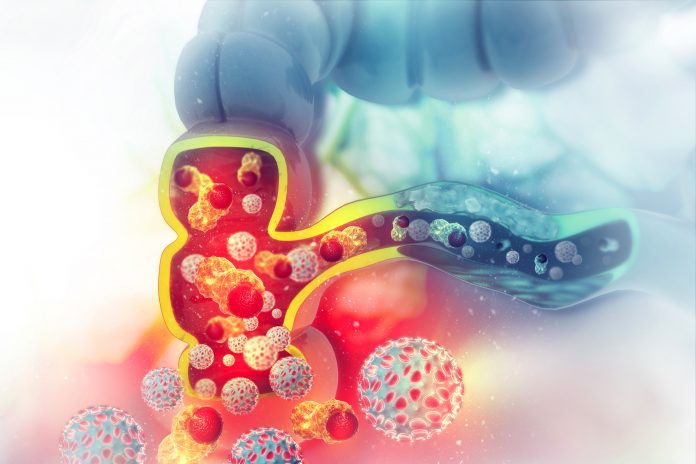
Results from a trial of Exact Science’s Oncodetect test at the 2025 American Society of Clinical Oncology Gastrointestinal Cancers Symposium (ASCO GI.) showed the company seems to be on track with its molecular residual disease (MRD) test. Exact’s test is designed to find any last remaining cells after colon cancer treatment. In the Alpha-CORRECT study, the Oncodetect test achieved a 78% sensitivity in post-surgical checks and a 91% sensitivity during the surveillance monitoring period, with specificities of 80% and 94%, respectively.
“We’re thrilled to bring our MRD solution to the rapidly growing molecular residual disease market, helping more patients get access to critical, high-quality testing,” said Brian Baranick, general manager of precision oncology at Exact Sciences.
He added, “These data demonstrate the strong performance of Oncodetect. Building on the foundation of Oncotype DX and two decades of trust from physicians and patients, Exact Sciences is well positioned to lead the way with its robust commercial and operational infrastructure, to ensure patients across the U.S. have access to MRD testing.”
The Alpha-CORRECT study, in Stage III colon cancer patients, features one of the longest MRD surveillance monitoring periods to date. It is highlighted in a poster at ASCO GI this week and it will be published in a peer-reviewed journal on January 25 this week.
MRD describes the presence of tumor-specific DNA in the body. These fragments of genetic information, known as circulating tumor DNA (ctDNA), are shed into the bloodstream by tumors and their presence may indicate that cancer is present.
Exact Sciences’ MRD test leverages the company’s in-house capabilities in whole-exome sequencing to offer a tumor-informed MRD test for a personalized approach to detecting and monitoring residual cancer in patients with solid tumors. By identifying somatic genomic alterations in tumor DNA and detecting a subset in ctDNA from blood, the Oncodetect test may enable the detection of ctDNA before, during, and after treatment. This critical information can guide therapy decisions and monitor for cancer recurrence.
Four of the abstracts presented at ASCO GI confirm that the Cologuard test, a multi-target stool DNA (mt-sDNA), and its patient navigation program are associated with strong adherence. The data show high adherence to the test among average risk African Americans (62%), the U.S. Hispanic population (63%), the U.S. Asian population (69%), and average Risk 45–49-year-olds (65%). These results confirm real-world acceptance and use of Cologuard among these racial subgroups and the 45–49 age group. Although these studies do not measure Cologuard test adherence head-to-head with other tests, the Cologuard adherence reported in these studies is much higher than generally accepted FIT adherence of 42%.
In addition, new modeling data from the validated colon cancer-AIM model shows that screening with Cologuard at published adherence rates results in fewer colon cancer cases, lower treatment costs, and higher life years gained than screening with blood-based tests at perfect adherence.
Developed in collaboration with Mayo Clinic, Exact Sciences’ Cologuard and Cologuard Plus tests are first-line, non-invasive colon cancer screening options for adults aged 45 or older who are at average risk for the disease. The Cologuard test revolutionized colon cancer screening by detecting specific DNA markers and blood in stool associated with cancer and precancer. Next, the company’s Cologuard Plus test was approved. It includes novel biomarkers, improved laboratory processes, and enhanced sample stability. The Cologuard Plus test is expected to reduce false positives by more than 30%, helping minimize unnecessary follow-up colonoscopies.





